Call it what you will- a trend, a fad, or simply a home decor element- but houseplants are doubtlessly cute. They are refreshing to have inside the house and have a pleasant aesthetic appeal. Moreover, they play a functional role by actively purifying the air and keeping it crisp with oxygen.
, Unlike pets, the size of the house is never an issue for houseplants. There are so many different types of plants that can fit into your domestic space easily, may it be small or spacious. So, keep reading if you are thinking about getting yourself a few indoor plants and wondering how to give them the best care.
There are numerous types of plants that thrive indoors. Not every plant has the same requirement in terms of water, sunlight, etc. But worry not. We got you covered with some crucial pointers for plant care.
Exposure To Sunlight
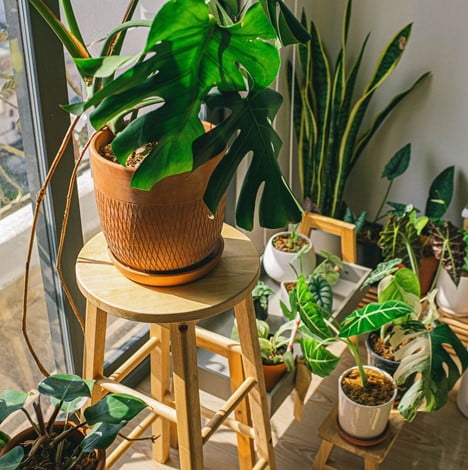
It is a no-brainer that sunlight is one of the most important factors when it comes to houseplants. Some plants require plenty of exposure to it, while others do not. Depending upon the type of plants you have, placing them strategically in the house becomes vital. Plants such as cacti that need lots of sunlight are best placed in windows that face south.
Fiscus, bromeliads, and other plants with a moderate requirement for light can be placed in west or east-facing windows. This ensures that the plants receive as much shade as light. Many plant owners often forget that irrespective of the type, all plants need relief from the sunlight. Therefore, one must ascertain that no houseplant is exposed to the light for more than 16 hours a day.
There are simple tell-tale signs to check whether your plant is receiving an ample amount of sunlight. If you notice that a plant is not growing, not flowering, or losing its lower leaves, it indicates insufficient exposure. Additionally, it is wise to keep an eye out for leaves that look scorched or dull, for this is an indicator of too much sunlight.
Water Needs
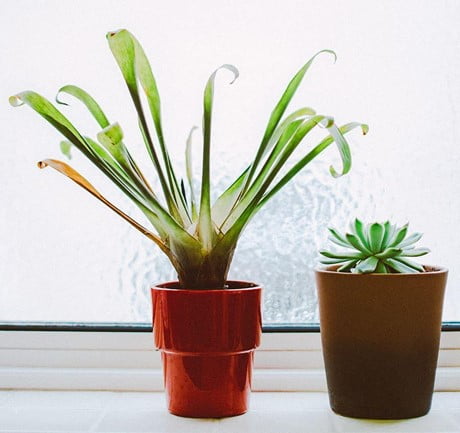
This might come as a surprise to novices, but overwatering is one of the leading causes of death in indoor plants. Most houseplants do not thrive in perpetually wet soil. Succulents, especially, can go without water for several weeks.
Therefore, it is significant to do your homework and water the respective plants as per their requirement. General things to consider include developing a watering schedule as per changing seasons. It is recommended to cut down on water when nights are longer than the day.
Watering plants in the morning is also a good practice. However, it is best not to be rigid about the water schedules. Simply keeping the soil moist whenever needed, thereby preventing it from completely drying, goes a long way. Always ensure that you provide room-temperature water to the plants, as cold water can be damaging.
While watering, be sure not to shower the leaves. Let the water touch only the base of the plant. Drainage is also an important aspect of plant health, especially if you have indoor plant hangers and are employing drip saucers to collect the extra water. It is necessary to empty these saucers so that waterlogging can be avoided and roots are not left to rot.
Other Factors
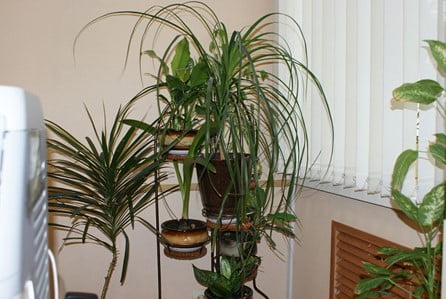
Many houseplants thrive in a humid atmosphere. This fact might seem tricky to deal with but comes with a simple solution. Indoor plants with a necessity to be in the proximity of humidity can be placed in the bathroom or the kitchen. These rooms are usually not as dry as the rest of the house. The nutrition of the plants is also a vital aspect.
One must provide fertilizers to the soil sparingly, especially during winter. The dose of fertilizer can be increased along with the water supply at the turn of the spring season. This helps the plants get a kickstart from their dormant winter state. Another crucial part of maintaining plant health is keeping the pests away. Many believe that pests pose a problem only to outdoor plants.
However, they often forget to factor in the common practice of moving out outdoor plants into the house during winter. This practice gives way to pests invading houseplants. The introduction of a new houseplant also acts as an invitation to pests. Under such circumstances, trust garlic to protect you.
place cloves of garlic in the soil, and the bugs are sure to flee. Damp soil can be a matter of concern, for it attracts small flies or fungus gnats. Their larvae are known to damage young roots. To protect your plants against them, letting the soil dry out occasionally is advisable.
Indoor plants are a delight to nurture. Looking after a houseplant is especially easy if you research its specific needs before incorporating it into your space. Just give them attention now and then, and your job is done.

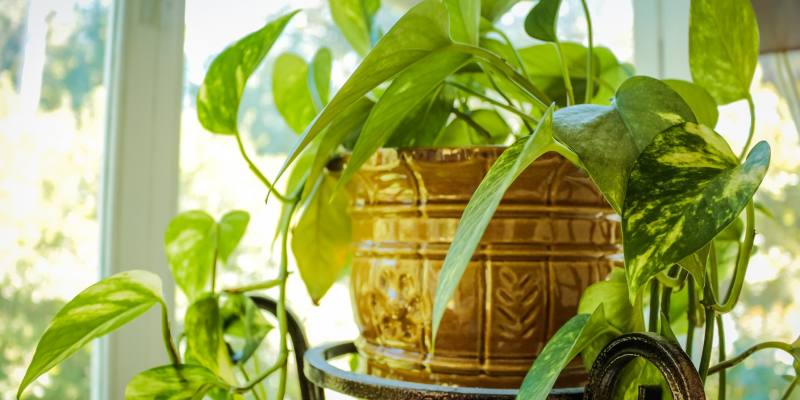

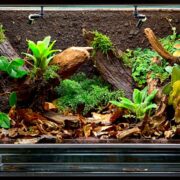
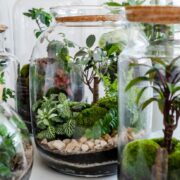
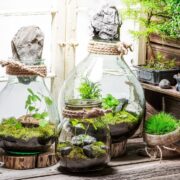
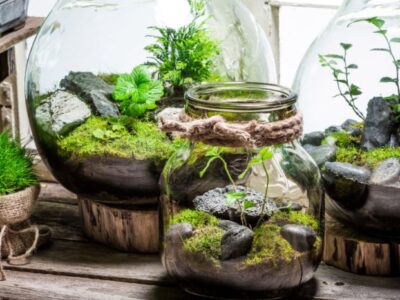
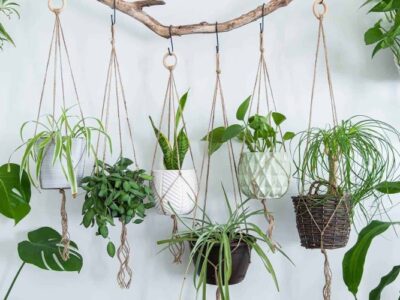
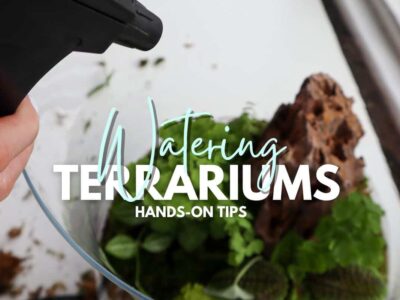
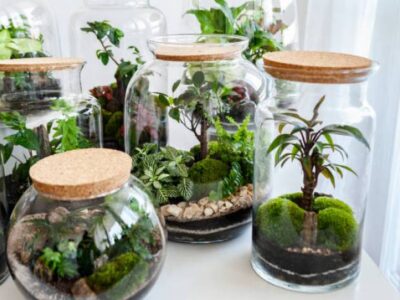

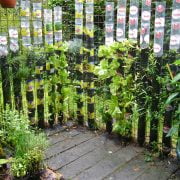

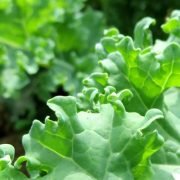
Comments